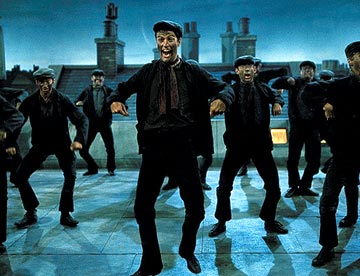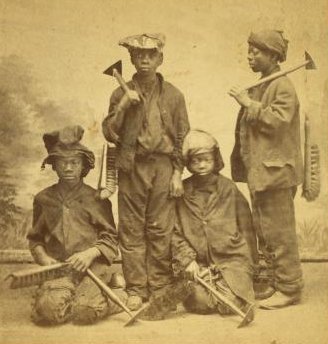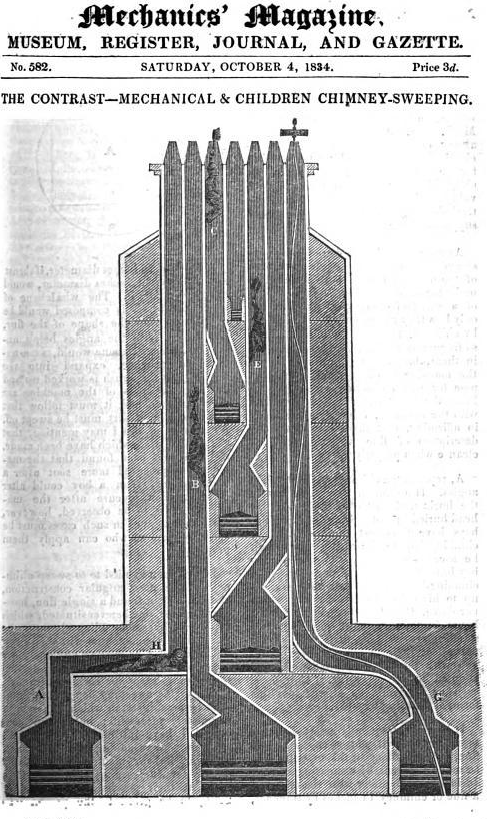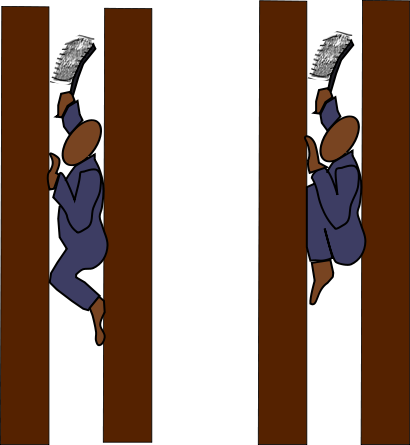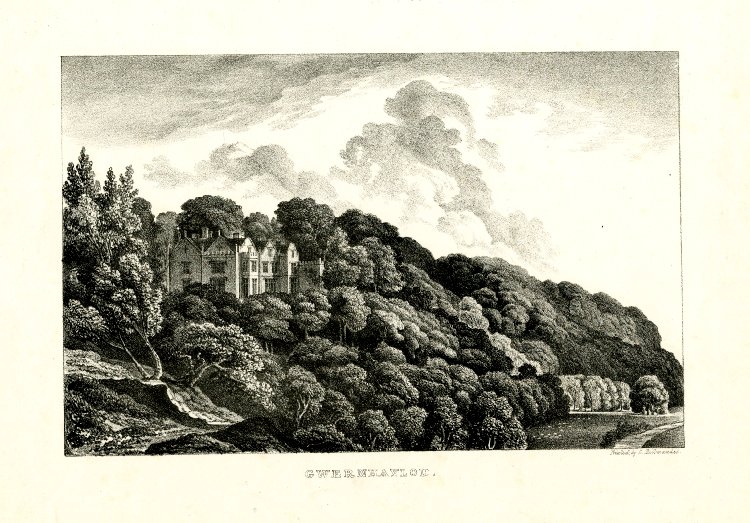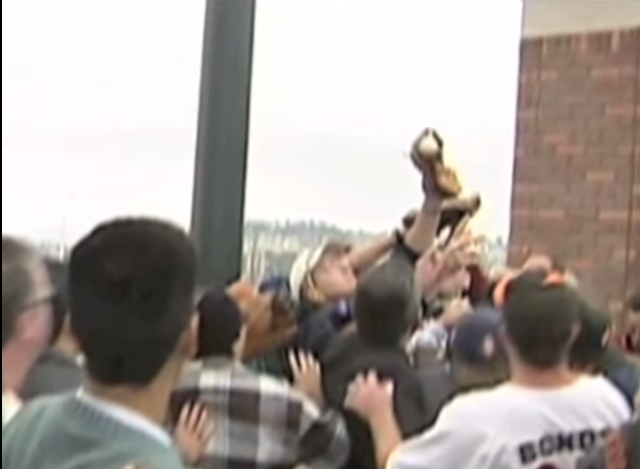Here is the first question from my Spring 2016 Constitutional Law Exam. The premise is that you are a law clerk for Justice John Marshall Harlan in 1905, and you have to write a dissent from an opinion by Justice Holmes. Much of the Holmes opinion is cribbed from some of Ollie’s greatest hits. You can find the A+ answer.
Instructions: The year is 1905. You are a law clerk to Justice John Marshall Harlan. Justice Oliver Wendell Holmes has circulated a draft majority opinion in the case of In Re Puerto Rico. This case considers a number of constitutional challenges arising from four ordinances enacted by the Governor of the newly-created U.S. Territory of Puerto Rico. (There are no jurisdictional defects that would prevent the Court from hearing these appeals, and the Governor has the necessary statutory authority to enact the ordinances in the federal territory). Justice Harlan has announced that he will not join the majority opinion, and asked you to prepare a memorandum that will assist him with writing the dissent. The memorandum should be no more than 1,000 words, focusing on 5 specific issues you are asked to address. Please number each section separately to make it easier for Justice Harlan to review your answer. (For purposes of this exam, please assume that Congress by statute has extended the protections of the entire Constitution to the federal territory of Puerto Rico. In reality, Congress to this day has not extended the entire Constitution to Puerto Rico, and the Supreme Court has held that the Constitution does not “follow the flag.” See the Insular Cases).
—
| October Term, 1905
SUPREME COURT OF THE UNITED STATES
In Re Puerto Rico
MR. JUSTICE HOLMES delivered the opinion of the Court.
Following the conclusion of the Spanish-American War in 1898, the United States acquired Puerto Rico from the Kingdom of Spain. The federal territory was placed under the rule of a Territorial Governor. This case arises from constitutional challenges to four ordinances enacted by the Governor. The Court finds these claims are without merit, and the appeals are dismissed.
I
Prior to the Spanish-American War, Spain only allowed male citizens over the age of 21 who were born in Spain to run for office in Puerto Rico. This policy excluded all native-born Puerto Ricans from being on the ballot.
After the war, the Governor enacted Ordinance #1, which provided that all people who have already been on the ballot before 1905 would remain eligible for life to run for future offices. However, new candidates for office would face “severer tests,” including examinations to ensure English literacy and general knowledge of civics. The Court acknowledges that these new criteria may exclude, perhaps, a large part of Puerto Rican candidates for office.
Martin, a native-born Puerto Rican seeks to run for a seat in the legislature. However, he only speaks Spanish, and is unable to pass the English literacy test. He files suit, seeking an injunction to place him on the list of approved individuals who can be on the ballot, and run for office.
It seems eminently reasonable to the Court that a Legislator in an American territory must possess a minimal competency in the English language, and be familiar with our customs and systems of government.
Furthermore, an alternate holding would require the federal courts to closely supervise this government, and all governments over what are political wrongs. If indeed this system is unconstitutional, how can we make the court a party to the unlawful scheme by accepting it and adding another candidate to its fraudulent lists. It is impossible simply to shut our eyes, put Martin on the ballot, be it honest or fraudulent, and leave the determination of the fundamental question for the future.
Martin’s appeal is dismissed.
II
The Governor determined that the birth rate on Puerto Rico was too high, and that families were growing too quickly for the economy to sustain. There were already food shortages, and foreign investments in the Island were plummeting. He decided to take decisive action to promote the general welfare. He issued Ordinance #2, providing that all men who had already fathered at least one child were required to use condoms whenever they engaged in sexual intercourse. The failure to use a condom, which the government distributed at no cost, would result in a $100 fine and 6 months in prison. Shortly after the ordinance is issued, Cary—the father of two children—is arrested, and convicted for engaging in unprotected sexual intercourse with his wife.
Cary challenged his conviction on the ground that it deprives him of liberty without due process of law. The attack is not upon the procedure, as a fair trial yielded a lawful conviction, but upon the substance of the law.
The liberty of the citizen to do as he likes so long as he does not interfere with the liberty of others to do the same, which has been a shibboleth for some well known writers, is interfered with by school laws, by the Post Office, by every state or municipal institution which takes his money for purposes thought desirable, whether he likes it or not. However, the Fifth Amendment does not enact the Kama Sutra. A constitution is not intended to embody a particular social theory, whether of promiscuity or of chastity. A reasonable man might think the ordinance a proper measure on the score of health and general welfare.
The principle that sustains compulsory vaccination is broad enough to cover compulsory contraception. Jacobson v. Massachusetts (1905) (Harlan, J.). Three generations of aboriginals are enough.
Cary’s conviction is affirmed.
III
The Governor of Puerto Rico determined that racial tensions between Whites and Hispanics on the Island were contributing to a dangerous society, as race riots were breaking out in integrated neighborhoods. In response, he enacted Ordinance #3, titled “An ordinance to prevent conflict and ill-feeling between the white and colored races.”[1] The ordinance made it “unlawful for any colored person to move into any house upon any block upon which a greater number of houses are occupied by white people than are occupied by colored people.” Likewise, the ordinance also made it “unlawful for any white person to move into any house upon any block upon which a greater number of houses are occupied by colored people than are occupied by white people.” However, the ordinance does not prohibit “colored servants” from moving into houses on so-called “white blocks.” [1] Nota Bene: With slight alterations, this is a verbatim reproduction of an actual ordinance that the Supreme Court reviewed during this time period.
Daisy, who was Hispanic, attempted to sell her house to James, who was white. There were no other white people living in Daisy’s neighborhood. The Governor intervened and blocked the sale, citing the authority of Ordinance #3.
James, who was unable to buy the house, challenged Ordinance #3 as a deprivation of his liberty and property interests without due process of law. He sought specific performance to allow him to purchase the house. (James did not challenge Ordinance #3 as a violation of the 14th Amendment’s Equal Protection Clause).
As we have seen, this Court has held laws valid which separated the races on the basis of equal accommodations in public conveyances, and courts of high authority have held enactments lawful which provide for separation in the public schools of white and colored pupils where equal privileges are given. This ordinance is consistent with those precedents.
Because the 5th Amendment’s guarantee of due process concerns only procedural rights, and does not affect a liberty interest in conveying property, the Constitution affords James no grounds of relief.
IV
After the enactment of Ordinances #1, #2, and #3, the natives of Puerto Rico began to rise up in opposition to the Territorial Governor. Leaders of the movement distributed pamphlets advocating for Puerto Rican independence from the United States. Wide-spread riots broke out, and the Governor declared martial law to maintain peace and order in the Territory. He then enacted Ordinance #4, which made it a crime to “willfully utter, print, write, or publish any disloyal, profane, scurrilous, or abusive language about the form of government of the United States.” Eugene, one of the movement’s leaders, is convicted for distributing pamphlets calling for secession from the United States. Eugene now appeals his conviction to this Court.
We admit that in many places and in ordinary times the defendant in saying all that was said in the pamphlet would have been within his constitutional rights. But the most stringent protection of free speech would not protect a man in falsely shouting fire in a theatre and causing a panic. The question in every case is whether the words used are used in such circumstances and are of such a nature as to create a clear and present danger that they will bring about the substantive evils that the Governor has a right to prevent. It is a question of proximity and degree. When a territory is gripped by revolutionary fervor, and there are riots in the streets, many things that might be said in time of peace are such a hindrance to its effort that their utterance will not be endorsed, and that no Court could regard them as protected by any constitutional right.
The venerable Latin maxim provides our rule of decision today: Intra armes silent leges. Eugene’s conviction is affirmed.
*** It is so ordered. |
Justice Harlan has asked you to prepare a memorandum that will assist him with writing the dissent. The memorandum should be no more than 1,000 words, focusing on 5 specific issues you are asked to address. Please number each section separately to make it easier for Justice Harlan to review your answer.
- With respect to Part I, please address the constitutionality of Ordinance #1, and explain what equitable relief the Court should afford Martin.
- With respect to Part II, Justice Harlan would like you to discuss whether Ordinance #2 violates the Due Process Clause of the 5th Amendment.
- With respect to Part III, Justice Harlan would like you to discuss why Ordinance #3 violates the Due Process Clause of the 5th Amendment. (Please note that James did not challenge Ordinance #3 under the 14th Amendment’s Equal Protection Clause).
- With respect to Part IV, Justice Harlan would like you to point out the weaknesses of Justice Holmes’s majority opinion, and explain how the First Amendment should be applied to Ordinance #4.
- As you know, Justice Harlan dissented in Plessy v. Ferguson. He has asked you to address both the pros and cons of writing in his dissent that Plessy ought to be overruled. When writing your analysis, please keep in mind the state of affairs in 1905.
